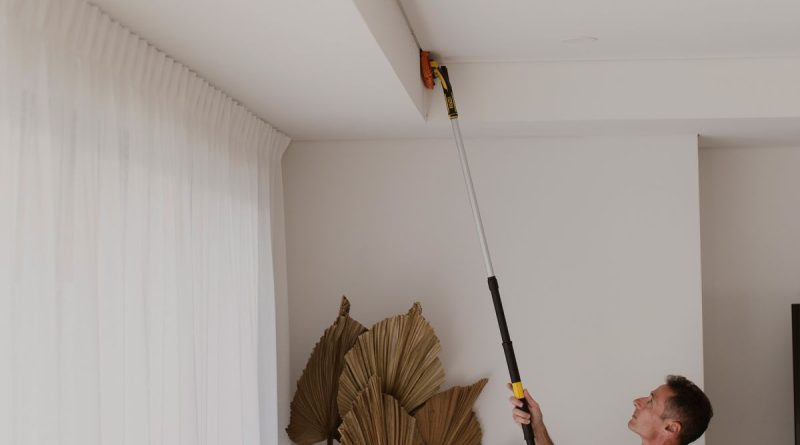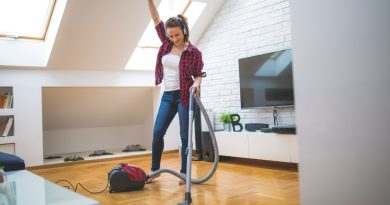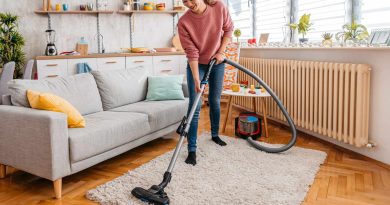The Art of Efficient Dusting
Dusting is an essential part of keeping your home clean and maintaining good indoor air quality. However, dusting can be a time-consuming task if not done efficiently. In this article, we will explore the art of efficient dusting and provide you with tips and techniques to make the process quicker and more effective.
- Start from the Top: When dusting a room, always start from the top and work your way down. This prevents dust from falling onto already cleaned surfaces. Begin by dusting ceiling fans, light fixtures, and corners near the ceiling. Use a long-handled duster or a microfiber cloth attached to an extendable pole to reach high areas.
- Use the Right Tools: Choosing the right tools can make a significant difference in the efficiency of your dusting. Opt for microfiber cloths or dusters, as they are highly effective at capturing and holding onto dust particles. Microfiber has electrostatic properties that attract and trap dust, rather than simply pushing it around. Avoid using feather dusters or dry cloths, as they tend to disperse dust into the air.
- Dusting Technique: When dusting surfaces, use a gentle and deliberate motion. Wiping in a straight line or in small circular motions is effective in capturing and removing dust. Avoid applying excessive pressure, as it can smear the dust or damage delicate surfaces. Fold or flip the cloth or duster frequently to expose a clean surface and continue dusting.
- Don’t Forget Hidden Areas: While dusting visible surfaces like furniture and shelves, don’t forget to address hidden areas where dust tends to accumulate. Dust behind and underneath furniture, on top of cabinets, and along baseboards. Use a crevice tool or a flat attachment on your vacuum cleaner to reach these areas easily.
- Pay Attention to Electronics: Electronics such as televisions, computers, and audio equipment attract a lot of dust. Use a soft, lint-free cloth or an electronic-specific dusting brush to gently remove dust from these devices. Be cautious around delicate screens and use a gentle touch to avoid damage.
- Clean Air Vents and Filters: Air vents and filters are notorious for collecting dust. Regularly remove vent covers and wash them using warm, soapy water. Use a vacuum cleaner or a brush attachment to clean inside the vent openings. Additionally, clean or replace air filters as recommended to prevent dust buildup and maintain good indoor air quality.
- Dusting Hard-to-Reach Areas: Some areas, such as narrow gaps or tight corners, can be challenging to dust. For these areas, use a small, soft-bristled brush or a cotton swab to reach into crevices and remove dust. You can also use compressed air or a can of air duster to blow away dust from hard-to-reach spots.
- Regular Maintenance: To make dusting more efficient, establish a regular cleaning routine. Regularly dust your home, ideally on a weekly basis, to prevent dust from accumulating heavily. By staying on top of the dust, you’ll find that each subsequent dusting session becomes quicker and easier.




